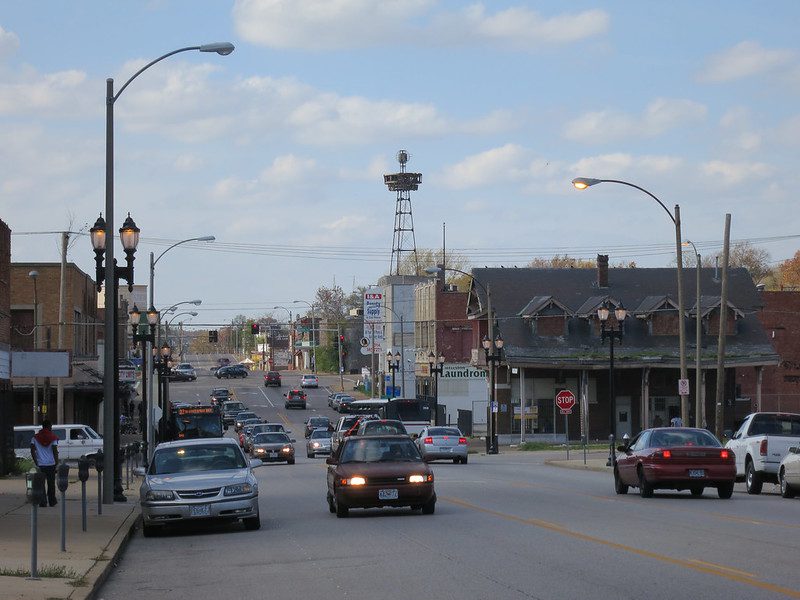Tom Robbins, writing for The Village Voice, characterizes ACORN as the kneecapped star outfielder on the World Series opposition to (assumedly) the right wing’s championship team. It’s a nice literary image, and it might even be symbolically true, but it’s also a convenient narrative, in light of the writer’s larger contextual point.
Robbins’ article, which hooks onto NHI President John Atlas’ Seeds of Change: The Story of ACORN, America’s Most Controversial Antipoverty Community Organizing Group does a good quick take of the rise and “fast fall” of ACORN, and goes as far as to acknowledge the organization’s own internal flaws, which helped prevent the antipoverty organization from mounting a proper public response.
He talks about the right-wing activist’s intentional video edits that make a viewer think a local ACORN chapter was offering housing assistance to a pimp and a prostitute; he mentions Fox’s perpetuating ACORN myths (refuted time and time again in the courts) related to this and voter fraud; but he does what we shouldn’t do when it comes to this organization that did so much positive work in America’s poor and urban communities: and that’s do a brief look at the “fast fall.”
In a summer 2010 Shelterforce interview Atlas said one of the bigger reasons ACORN ran into trouble when the organization became national news was because:
ACORN is a unique American institution: it was very difficult for reporters to wrap their brains around what they did. It was hard for me, and I was immersed in the organization! I was embedded with ACORN for four years in preparation for writing this book. I’m the only journalist that went to their staff meetings, their board meetings, their demonstrations, and had access to all their internal e-mails. I knew everything about them, but trying to describe the organization was very hard.
Understanding ACORN is very hard — particularly for people who are not in the community organizing field and only think of the organization as they choose to based on what’s on TV.
Atlas goes on:
“They were involved in electoral politics, but they weren’t a political party. They were a community organizing group, but they totally broke down the traditions of Saul Alinsky—Alinsky would have never conceived of a group claiming to do community organizing actually going out and organizing labor unions. As part of ACORN’s family of organizations, they had two powerful labor organizations, one in Chicago and one in New Orleans. Alinsky would have never believed in endorsing candidates or even registering people to vote. This was totally outside the scope of traditional community organizing. To be fair, Robbins does say that ACORN’s demise was not the result of a “two-day battle,” but rather “a coordinated attack, with the full weight of the Bush Justice Department and the Greater Murdoch Media Empire brought to bear.”
But he also left out Congress, which voted to defund ACORN based entirely on ACORN having become a political third rail — a move later ruled by the courts as a “bill of attainder,” and thus, unconstitutional. ACORN was also cleared of any wrongdoing, but that doesn’t fit into a knock out narrative.
If we’re using gruesome sports analogies (and I love using sports analogies) rather than ACORN being a kneecapped all star outfielder on an also-ran World Series team, I prefer Nancy Kerrigan, who, only weeks after being kneecapped by the husband of her competitor, went on to medal at the Winter Olympics. Yes, she won the silver, but she did persevere, and she did win. Based on what’s happening with former ACORN chapters regrouping, rebranding, and recommitting to a common cause (you’ll see coverage in an upcoming Shelterforce), it’s likely ACORN will eventually cease to exist in name only.





Comments